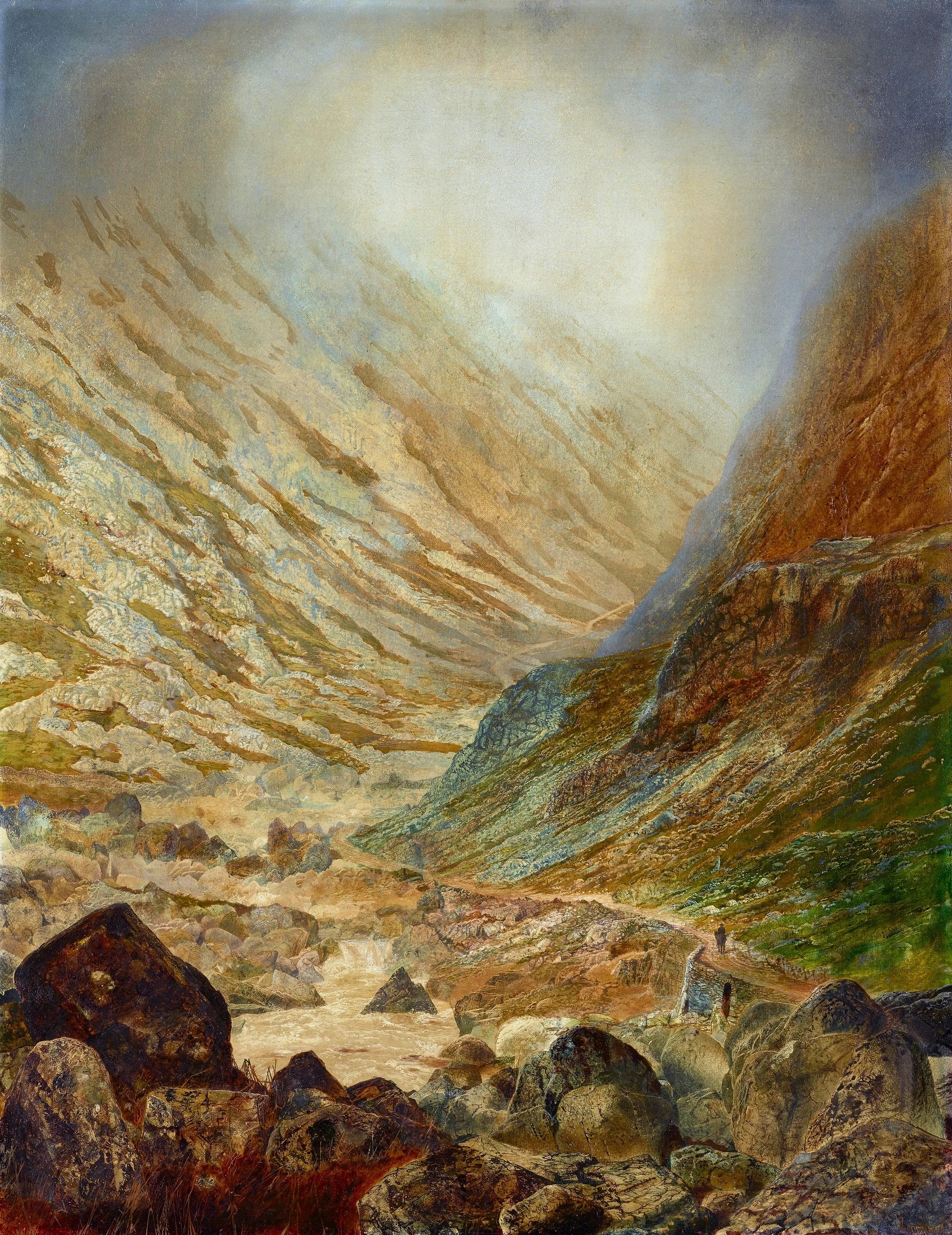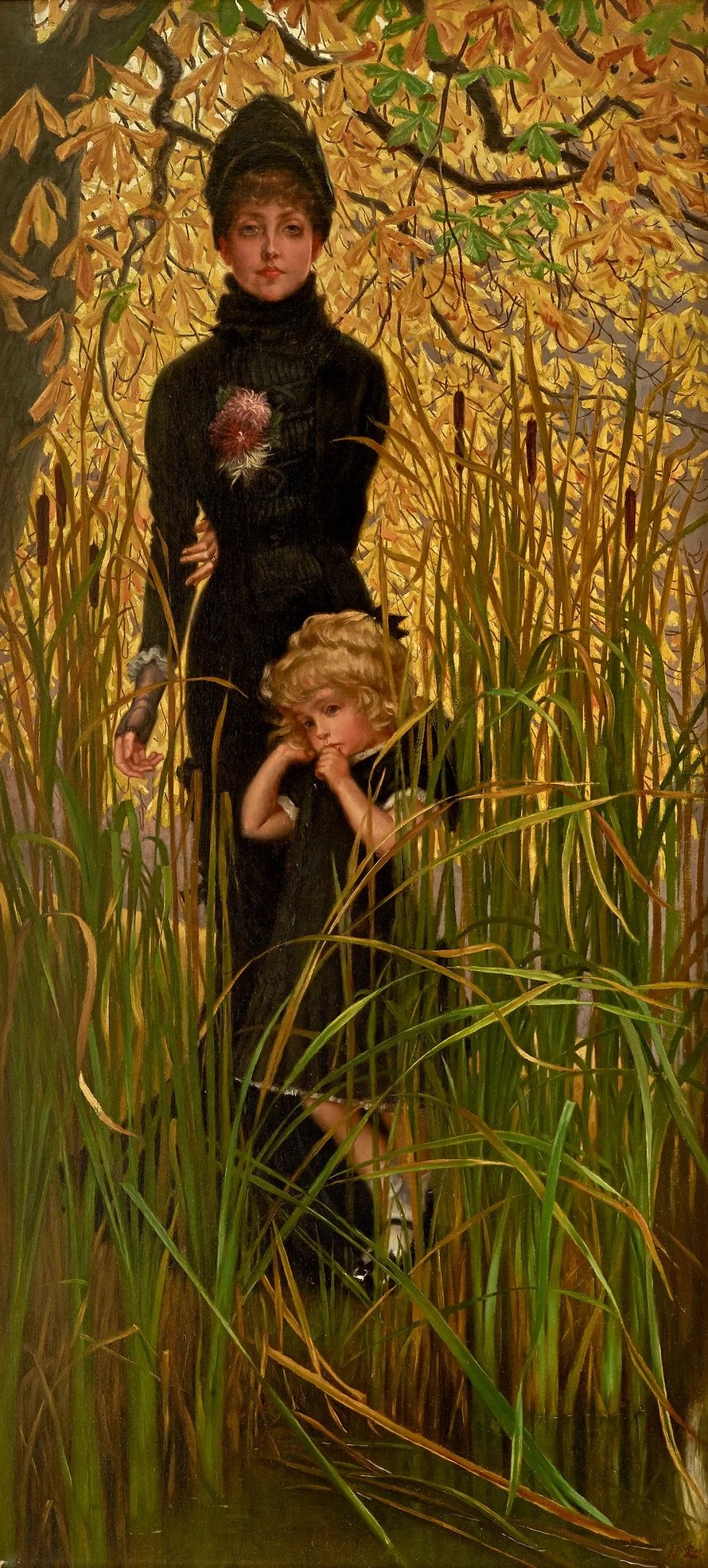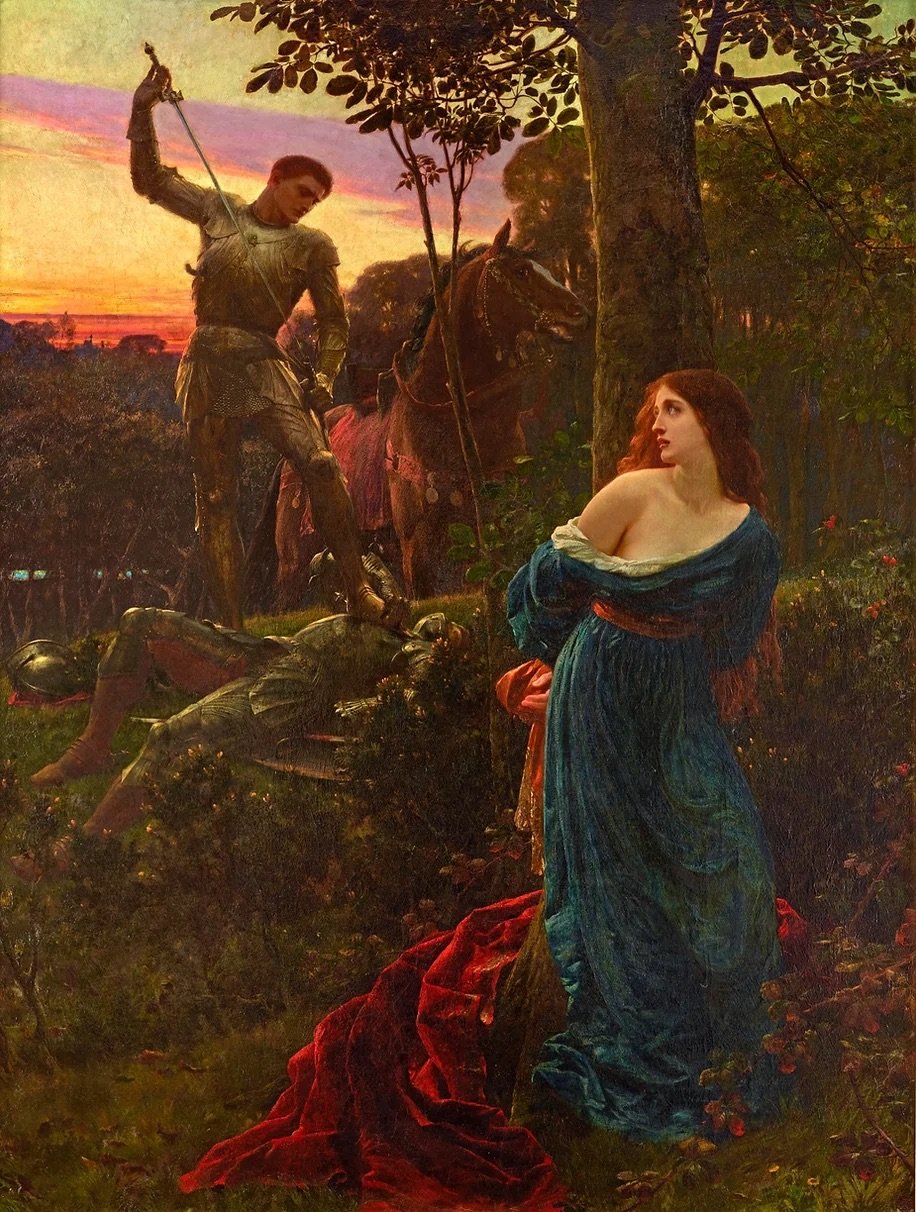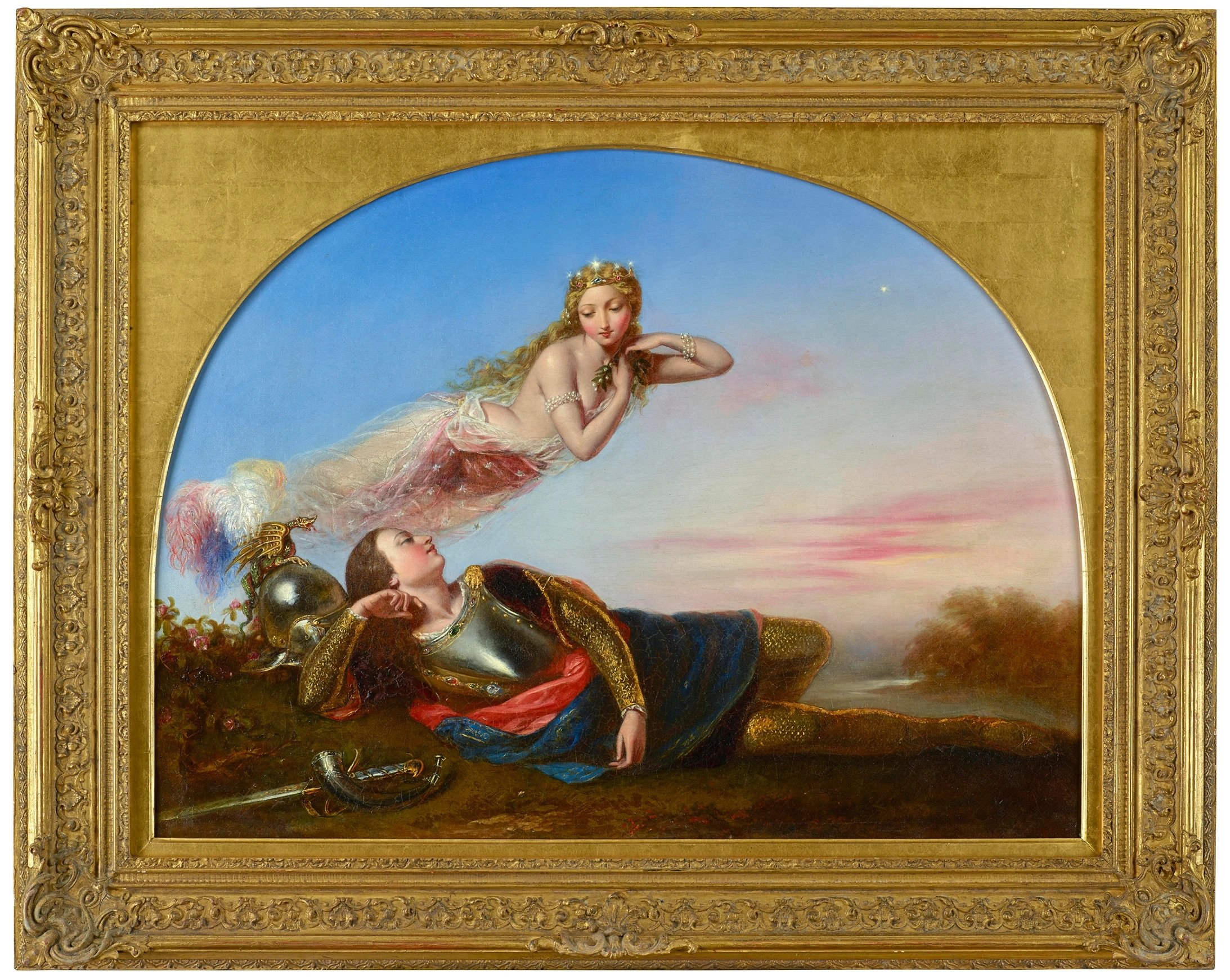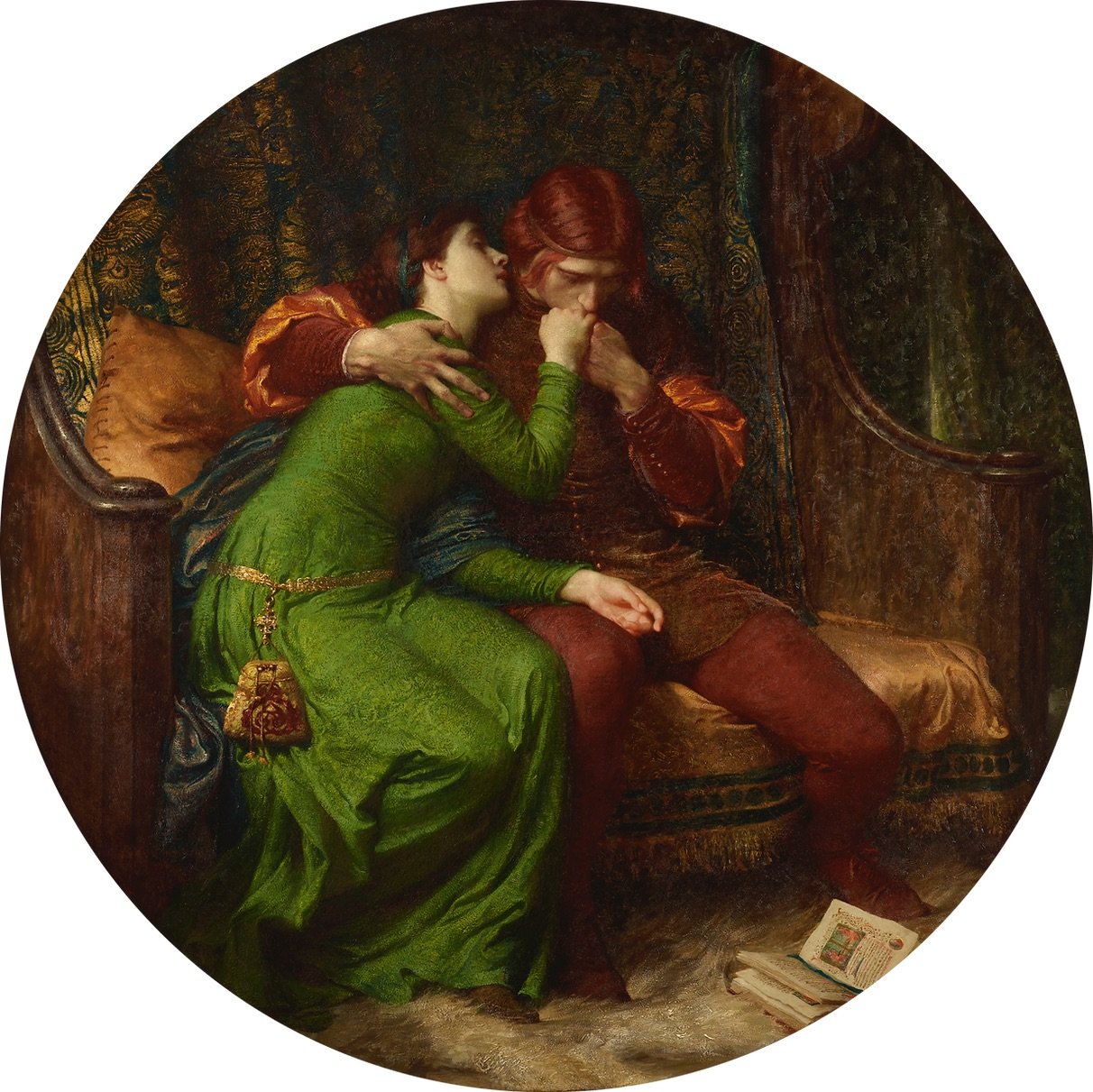Noémie Ngako in Conversation with Art Expert & Gallerist Martin Beisly
Martin Beisly is an international art expert who launched his art dealership in 2015 after over thirty years of experience in the auction world. Located in the heart of St. James’s, London, Martin Beisly Fine Art specialises in Victorian and Pre-Raphaelite painting and sculpture. This period of British art, notably covering Queen Victoria’s reign from the 1830s to the 1910s, is significant in the history of the British market because of the quantity and quality of the artists and works produced.
In this exclusive with MADE IN BED, Martin shares his passion and expertise in Victorian art. He also offers insight into the current trends for this very specific market and its place within the art world today.
Martin Beisly.
Noémie Ngako: Can you introduce your background and tell us more about your interest in Victorian art?
Martin Beisly: I was born in a Victorian place, the Isle of Wight, which developed massively during that period of history. Queen Victoria had a home there, and it became her favourite home. So the Isle of Wight became a magnet for European and Victorian society, who wanted to be near the Queen, and I grew up surrounded by Victorian objects and houses. I didn’t realise it at the time, but I got a lovely feeling for Victorian things. They remind me of good times and of home.
After leaving school, I went to work in the auction house Bonhams, and then from there, I went to work for a dealer in New York specialising in Victorian paintings. Then I got a job in Christie’s, running the Victorian department. So this is why I got this passion for the Victorian in me; that’s what I know about in pragmatical terms.
I like this era because there is a lovely reflection of a strong economic time for the UK. Britain was great in those days, and the art reflected it. And paintings were beautifully painted and had a lot to do with quality. Today, people like Victorian paintings because artists manufacture them in a way that is meant to show off how clever painters are as artists in a represented way. So there’s not much abstract going on but a lot of romance in the Victorian times, which is reflected in their art, which I found very appealing.
NN: What type of collectors are interested in Victorian paintings?
MB: It’s interesting. Collectors tend to be quite conservative these days because there’s nothing experimental, really, in Victorian art other than experiments with materials and techniques, which by today’s standards don’t look innovative at all.
NN: Who have been the best-selling Victorian artists in recent years?
MB: The Pre-Raphaelites are at the top of the market. They were a group of five artists - William Holman Hunt, John Everett Millais, Dante Gabriel Rossetti, James Collinson, and Thomas Woolner - who worked together for five to six years and were just exciting in their day. I still think their productions are exciting to me and the collectors who buy from me.
Pre-Raphaelite associate artists, such as John William Waterhouse, Frederic Leighton, and Edward Burne-Jones, are also very fashionable at the moment, so one can get excellent prices for their good work. However, the market could be fussier. There’s probably an oversupply because Victorian paintings had a lot of pictures.
So one good thing about artists who are no longer living is that you can look at their whole career from the beginning to the end and select from what historically has now become their best period eras. Indeed they are all humans, so as they age, they find distractions. So usually there’s a lovely moment for artists when they are quite young, say under 30, when their motivation is really about art. In my case, they want to create what they can see and reproduce nature. It’s their big driving force. So there was no advantage for them to paint in an impressionist manner or symbolist manner. The beginning of Victorian art was about reproducing what you see, so try to flatter and improve on nature.
I like artists when they were younger just because they often produced the most interesting and exciting pieces. And in this sort of technique, it’s about a steady hand; it’s about patience, having time, and nobody else to look after. So therefore, as soon as they get married and have children, which was the case for most of these artists, they would have financial pressures, which often affected their art. So usually, they started painting more commercial pictures that were easy to sell but weren’t necessarily challenging as some of their earlier works.
If they can bring experience into their art as they age, artists’ eyesight, a steady hand and patience tend to decline. And even though their fame is still there and attracts buyers, they will not be able to produce paintings as well as they could when they were younger.
NN: But don’t you think as artists grow older, their technique can improve and become an advantage?
MB: It depends. If artists are trying to be or are Pre-Raphaelite, they will have to turn and change their style to keep up with their age. Or they will have to employ younger studio assistants to help them produce these incredibly detailed pieces, which are just hard to do with a very demanding technique.
You also have to bear in mind that photography appeared during this period and became a threat to these artists, who would think that the new medium would take them out and make their careers useless.
NN: Do you think the growing interest in British art, including Victorian art, in academics, has impacted its market?
MB: It’s true that I always feel that French, German and American art are constantly getting more attention than we do [British art]. However, there is a nice core of academics who are interested in Victorian pictures and study them all the time. People are writing more and more articles, books and so on, but we can’t get enough so far as I’m concerned - so the more interest, the better. Therefore a growing interest in Victorian art always impacts its market, and it is a positive one.
For instance, female Victorian artists certainly brought new publications to the world and new people interested. That’s a reflection of today’s taste, with academics going back to examine something that wasn’t considered important in art. So studying women artists in Victorian times, their conditions, notably prejudice, and the context surrounding their pictures’ production reflects today’s female academics. Indeed, 20 years ago, these themes were not massively examined or highlighted in the market.
NN: Did Brexit have an impact on the market for Victorian paintings? And if so, how?
MB: Yes. Before Britain joined Europe [European Union - EU], it was an import-free country for art. So you didn’t have to buy import taxes if you brought art to the UK. That’s one of the reasons Britain became one of the centres for the art market effectively after the 1990s. But when Britain joined Europe, and to harmonise taxations between European countries, Britain introduced its import tax with a rate of 5%, which was still better than Paris with an 8% rate, or Germany with 12%. However, it also added more paperwork.
Now that Britain has left Europe, there is still paperwork because you have to import and export correctly. So I think that where it could have been a positive for the art market, that opportunity has not been taken advantage of, so it’s a negative.
NN: Finally, where do you think Victorian art will place itself within the large art market for 19th-century Western paintings? Do you think it will be more impactful, autonomous and recognised?
MB: I think there’s a lot of it. One useful thing to know is, from a market point of view, England was a very successful economic country during those dates [Victorian times]. Considering this factor, people could afford to have art at home, and the middle class also emerged in Britain during that time with manufacturing. So many of them focused on art as a tool to gage success.
So many wealthy people competed with contemporary art at the time, and then there was a vast market of artists filling middle-class homes with pictures. Typically these people wanted oil paintings or watercolours, which were popular too. So there was a good market for art because people had access to money. So Victorian art was a prevalent form of entertainment for collectors in the 19th Century. Therefore there is a lot of supply today for Victorian pictures, which is a positive factor for the current market.
Compared with other market sectors for 19th-century European paintings, including Impressionism, Victorian art has the advantage of having good values. You can have, for instance, a good collection of Victorian paintings for the price of a Claude Monet. So values for this market are good, especially because of the supply.
Many thanks to Martin Beisly on behalf of MADE IN BED.
All images are courtesy of Martin Beisly Fine Art.
To learn more about Martin Beisly and his dealership, follow him on Instagram or visit his website.
Noémie Ngako
Art Markets Co-Editor, MADE IN BED




